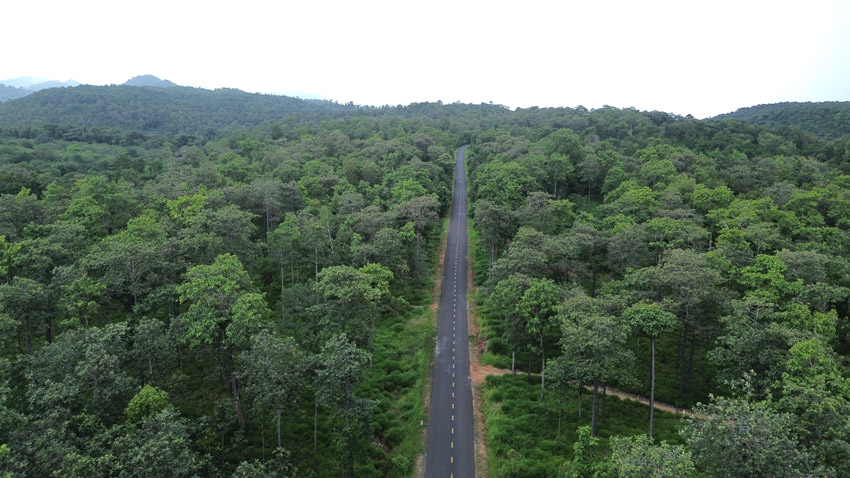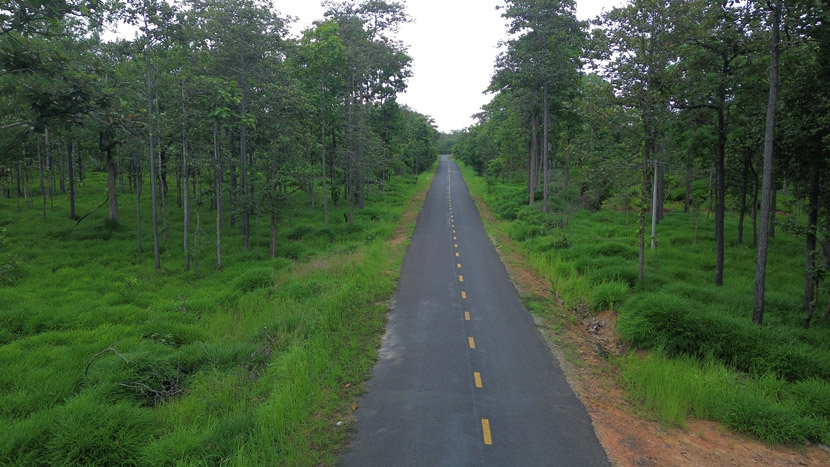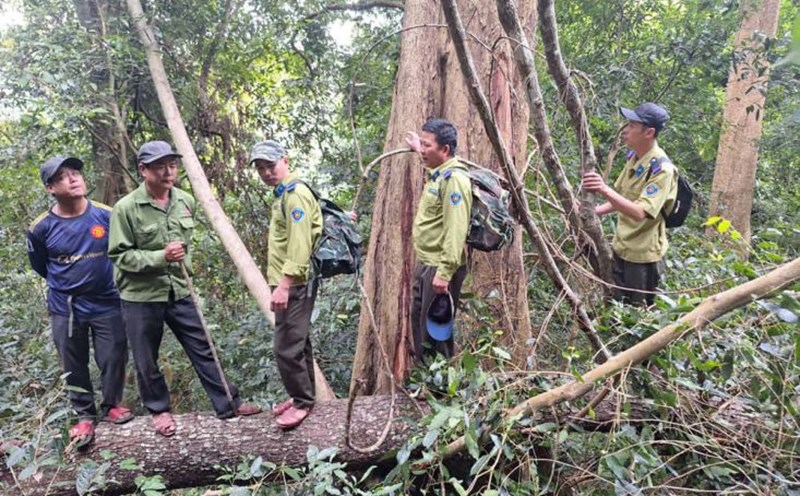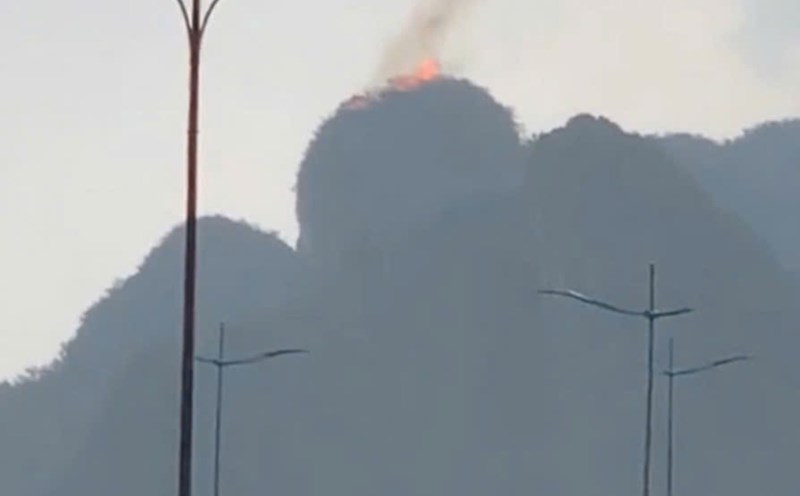Gia Lai is entering the rainy season. On the border sections of Ia Mo and Iautch communes... the fog covers the vast mixed forests.
Recently, the Ministry of Agriculture and Environment has agreed with Gia Lai province on the policy of not converting 4,700 hectares of natural forest in Ia Mo commune to agricultural production land to make irrigation areas for the "big aquaculture" Ia Mo (with a total investment of 3,000 billion VND).
According to Gia Lai province, retaining an area of 4,700 hectares of natural forests will play an important role in development, protection of border areas, adaptation to climate change, response to natural disasters and floods.

The mixed-use forest mainly includes broadleaf trees in the enterprise of the Oil family (Dipterocarpaceae), which drop leaves in the dry season. In addition, there are rich plant and animal species, grass and plants.
The mixed-use forest is home to many rare animals and plants such as elephants, wild boars, tigers and many other birds and animals. This is also an important area for the conservation of precious medicinal plants.
The rainy season in the border area creates favorable conditions for the forest and plantation to thrive and thrive, with each layer of large and small trees growing quickly.

Currently, the Department of Agriculture and Environment of Gia Lai province is researching and proposing the sale of forest carbon credits, while developing medicinal herbs under the forest canopy to provide livelihoods for local people.
Only by developing a sustainable economy from forests can damage, encroachment on forest land, and conversion of land use purposes for industrial crops, especially rubber, be prevented.
At the same time, Forest Protection Departments and Forestry Companies in Gia Lai need to increase their responsibility in forest protection, prevent illegal logging, the main cause of forest degradation and biodiversity loss in border-closed forests.











